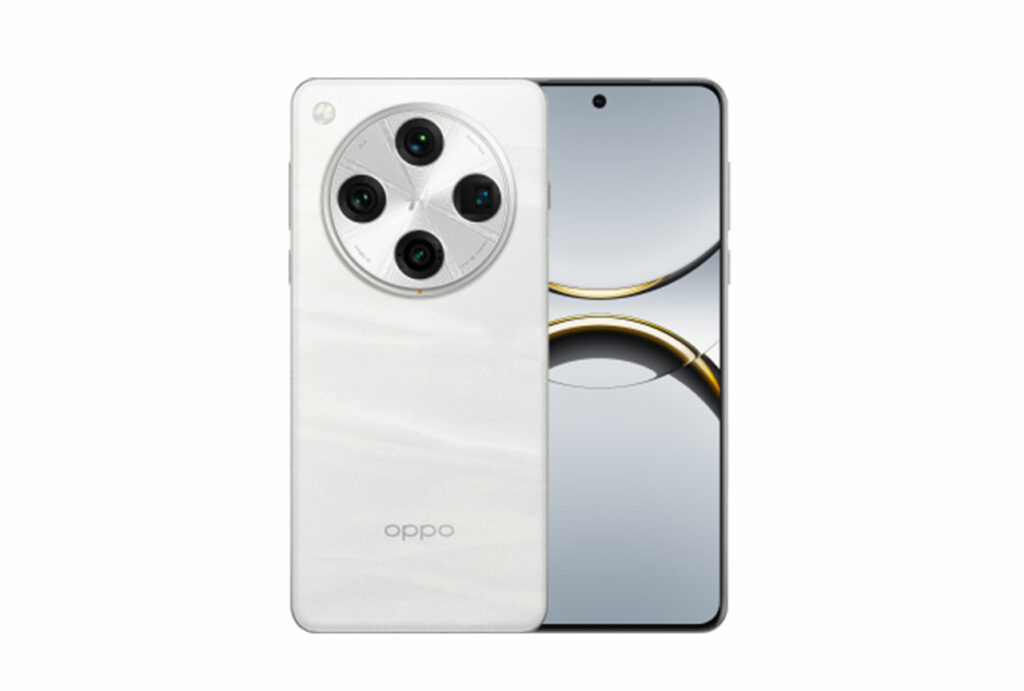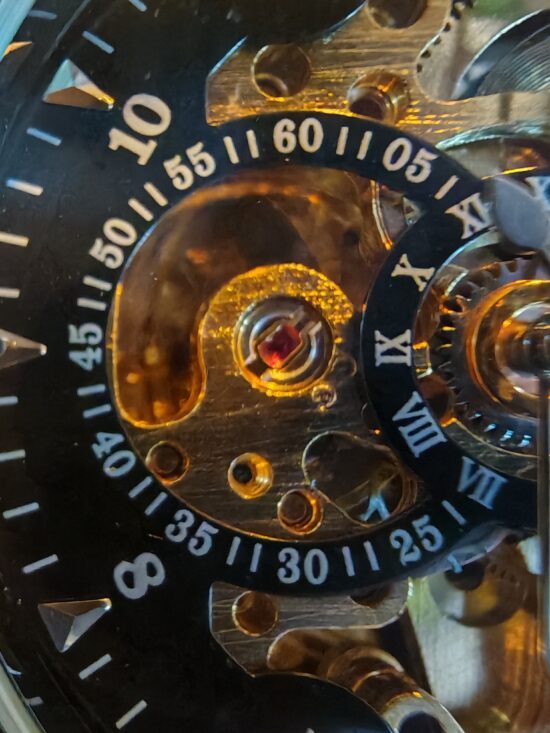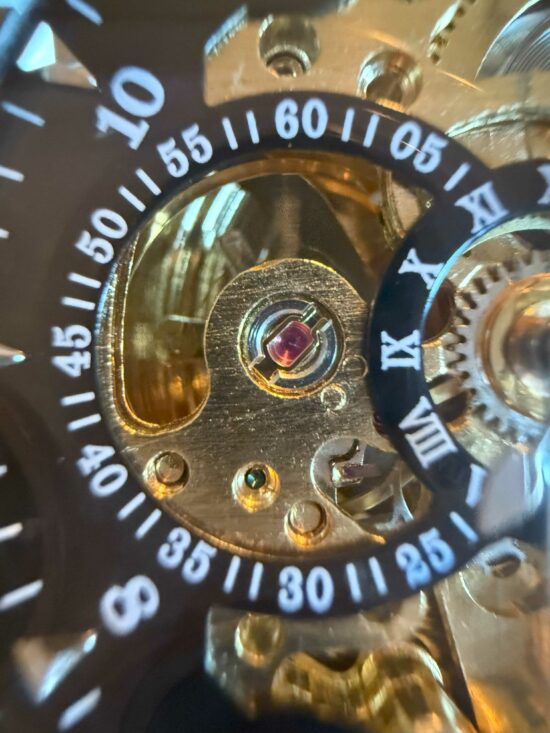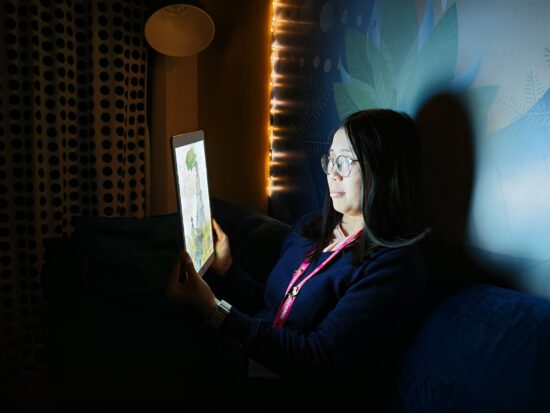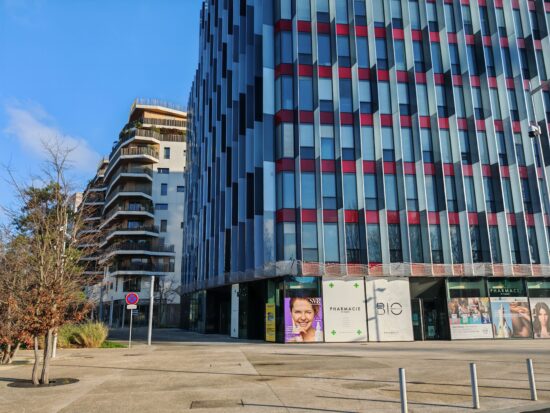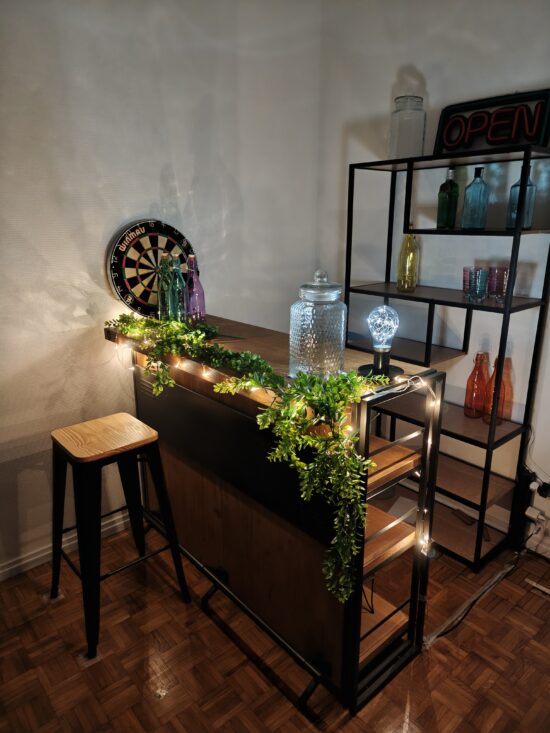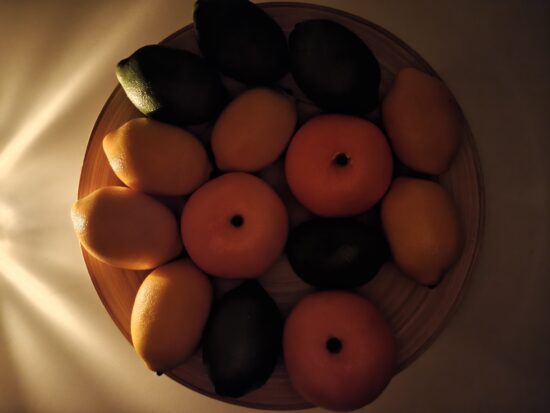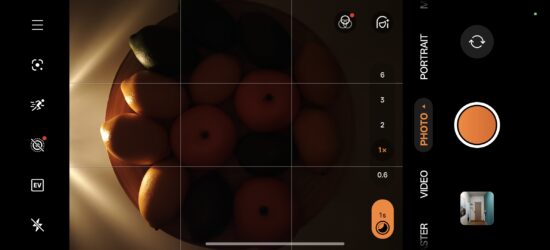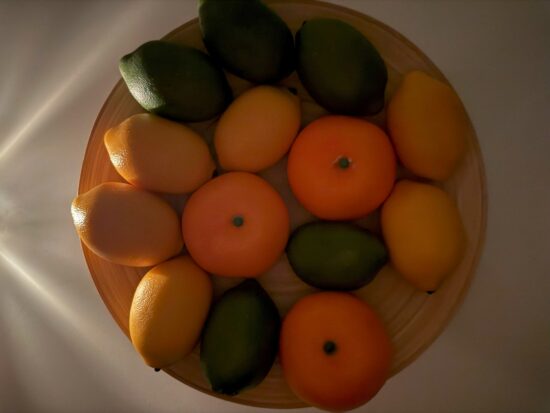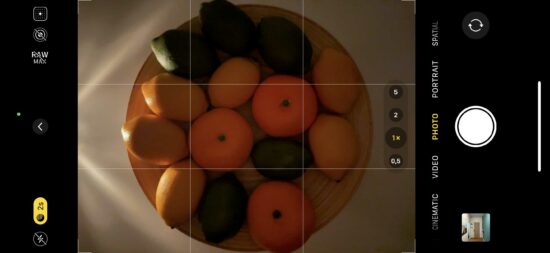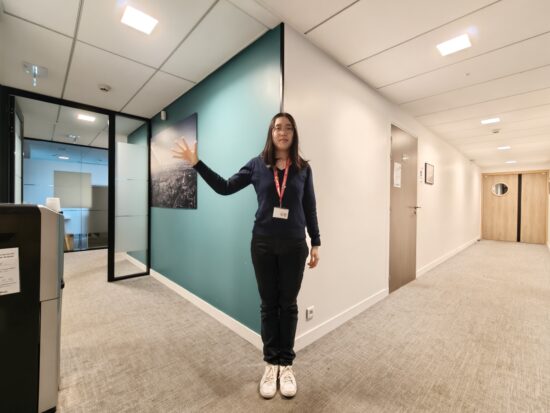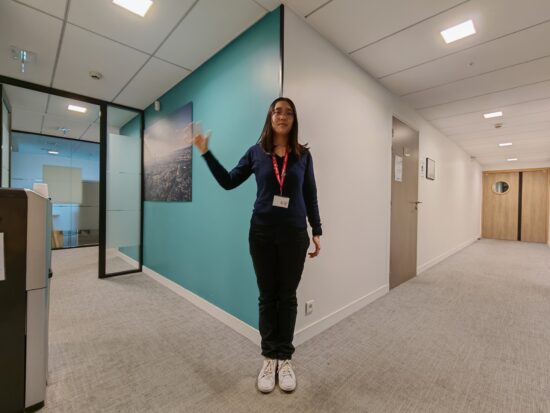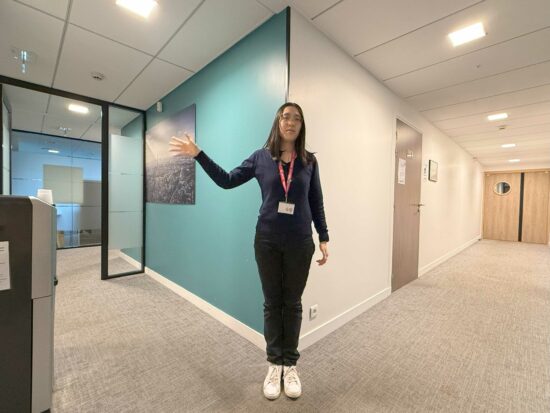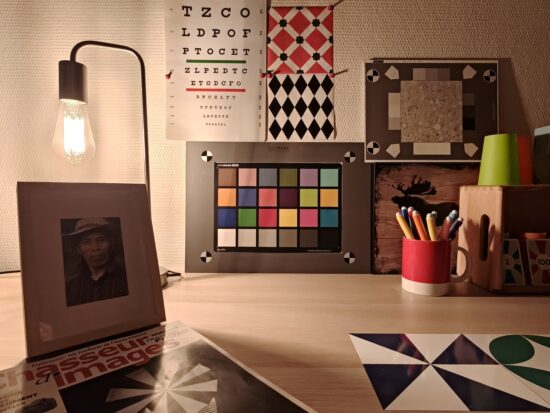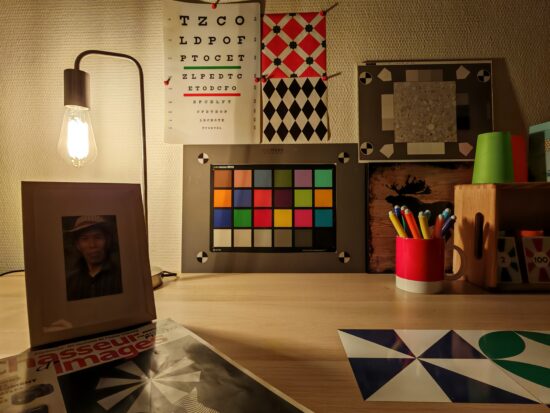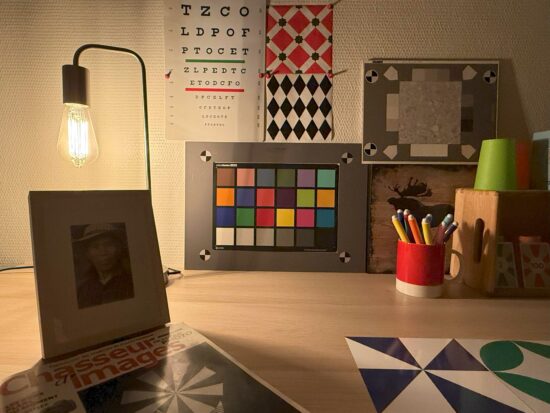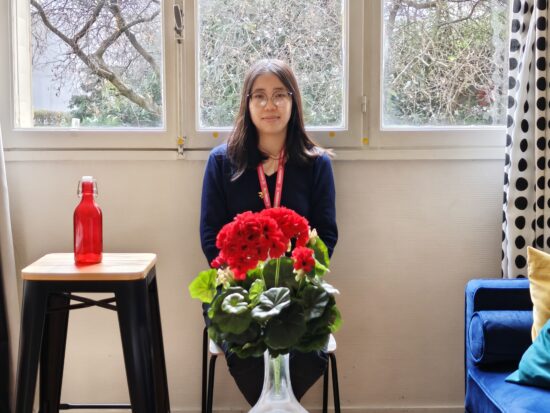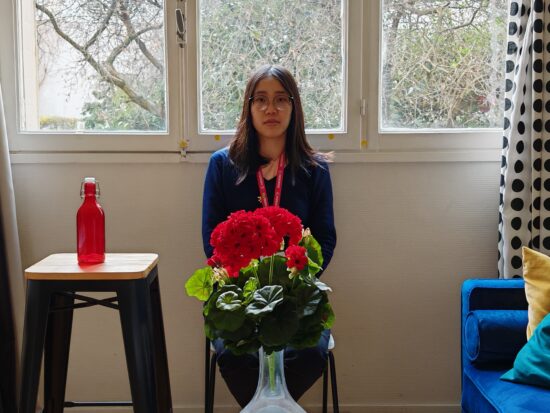We put the Oppo Find X8 Pro through our rigorous DXOMARK Camera test suite to measure its performance in photo, video, and zoom quality from an end-user perspective. This article breaks down how the device fared in a variety of tests and several common use cases and is intended to highlight the most important results of our testing with an extract of the captured data.
Overview
Key camera specifications:
- Primary: 50MP, 1/1.4″ sensor, f/1.6 aperture lens, 23mm focal length, FOV 85°, AF, OIS
- Ultra-wide: 50MP, 1/2.7″ sensor, f/2.0 aperture lens, 15mm focal length, FOV 120°, AF
- Tele 1: 50MP, 1/1.95″ sensor, f/2.6 aperture lens, 73mm focal length, FOV 33°, AF, OIS
- Tele 2: 50MP, 1/2.51″ sensor, f/4.3 aperture lens, 135mm focal length, FOV 18°, AF, OIS
Scoring
Sub-scores and attributes included in the calculations of the global score.
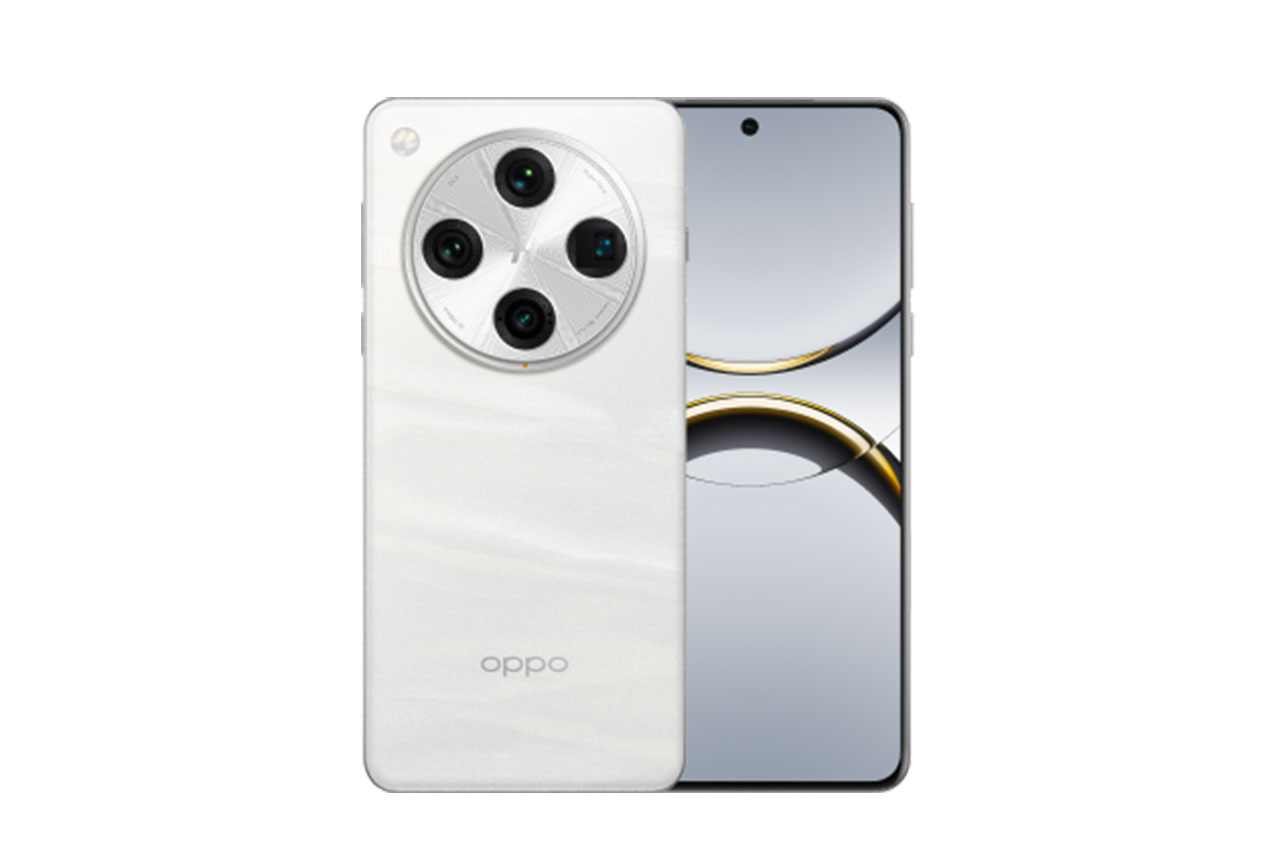
Oppo Find X8 Pro


Use cases & Conditions
Use case scores indicate the product performance in specific situations. They are not included in the overall score calculations.
Outdoor
Photos & videos shot in bright light conditions (≥1000 lux)
Indoor
Photos & videos shot in good lighting conditions (≥100lux)
Lowlight
Photos & videos shot in low lighting conditions (<100 lux)
Friends & Family
Portrait and group photo & videos
 4th
4th 4th
4thPros
- Accurate target exposure in most tested conditions in photo and video, with wide dynamic range
- Good color rendering and white balance in video and photo
- In tele mode, high image quality, thanks to good details preservation, accurate exposure and color rendering, even at long range
- In photo, high level of details, with well-managed noise
- Efficient video stabilization
The Oppo Find X8 Pro’s camera delivered excellent results in our tests. The overall score matched last year’s flagship model, the Oppo Find X7 Ultra, despite having a smaller sensor. The Find X8 Pro performed exceptionally well in photo and zoom photo modes and showed strong video qualities. Bokeh mode, though, showed some weaknesses. But overall, the camera was very well balanced, making it a versatile option for most use cases. We particularly noticed its performance in low-light conditions.
This camera features four 50MP modules, which provide high-resolution pictures. The main camera has the largest sensor, allowing it to collect more light. This also helps maintain accurate exposure even in low-light conditions, reduces noise, and provides natural colors. The zoom capability is significant, thanks to three cameras: one for ultra-wide scenes and two periscope tele cameras (3x and 6x) for subjects at long distances. This setup allows for a high level of detail across most zoom factors, with the best results achieved when using a periscope camera.
The Oppo Find X8 Pro is an excellent camera for taking photos and videos of friends and family. Portraits were pleasant, with skin tones generally well rendered and facial details softly captured in a way that maintained detail without over-sharpening. Additionally, it was generally able to freeze motion in the scene, allowing for clear pictures of moving subjects.
In low-light conditions, the Oppo Find X8 Pro delivered excellent photos. Target exposure was consistently accurate in our tests, and the dynamic range was wide. Moreover, the texture-noise trade-off was very impressive in these challenging conditions. While image quality in video or zoom was not as high, it remained very acceptable, with exposure being mostly accurate.
Test summary
About DXOMARK Camera tests: DXOMARK’s Camera evaluations take place in laboratories and in real-world situations using a wide variety of subjects. The scores rely on objective tests for which the results are calculated directly by measurement software on our laboratory setups, and on perceptual tests in which a sophisticated set of metrics allow a panel of image experts to compare aspects of image quality that require human judgment. Testing a smartphone involves a team of engineers and technicians for about a week. Photo, Zoom, and Video quality are scored separately and then combined into an Overall score for comparison among the cameras in different devices. For more information about the DXOMARK Camera protocol, click here. More details on smartphone camera scores are available here. The following section gathers key elements of DXOMARK’s exhaustive tests and analyses. Full performance evaluations are available upon request. Please contact us on how to receive a full report.
Photo
Oppo Find X8 Pro
169
For scoring and analysis, DXOMARK engineers capture and evaluate more than 2,600 test images both in controlled lab environments and in outdoor, indoor and low-light natural scenes, using the camera’s default settings. The photo protocol is designed to take into account the main use cases and is based on typical shooting scenarios, such as portraits, family, and landscape photography. The evaluation is performed by visually inspecting images against a reference of natural scenes, and by running objective measurements on images of charts captured in the lab under different lighting conditions from 1 to 1,000+ lux and color temperatures from 2,300K to 6,500K.
In our photo tests, the Oppo Find X8 Pro provided great results in key image quality attributes. The combination of excellent exposure and natural colors resulted in pleasant pictures. Images also contained a very high level of detail with minimal noise, a trade-off that makes the device suitable for architecture, landscape, or portrait photography.
Compared with its main competitors, the Oppo Find X8 Pro camera particularly excelled in low-light conditions, delivering very well-exposed images even when taken in minimal light and maintaining an acceptable level of detail. However, autofocus was one area where the Oppo Find X8 Pro could improve, especially in low-light conditions. The device’s zero shutter lag was less efficient in these conditions, limiting the device’s focusing performance in scenes with motion. But despite some inconsistencies and failures in capturing the moment, the device was still capable of delivering good pictures.
Please note that pictures shown in this review have a gain map applied, which makes images look brighter and could slightly alter colors depending on the display and browser used for viewing.
The Find X8 Pro comes loaded with many optional features, which are not part of our default mode camera testing protocol, such as a portrait mode developed with Hasselblad and chromatic filters. In addition to its AI-powered camera, the Find X8 Pro also has an AI-enhanced photo editing app, particularly to improve image texture, even though the camera already provides a very high level of image detail from its default mode.
Close-Up
The close-up use case evaluates the camera’s ability to capture detail at subject distances below 10 cm and magnifications as close as possible to 1:1.
The Oppo Find X8 Pro’s close-up mode was quite good. Although the minimal focus distance is farther than that of its competitors, the camera provided a high level of detail and avoided loss of sharpness in the field.
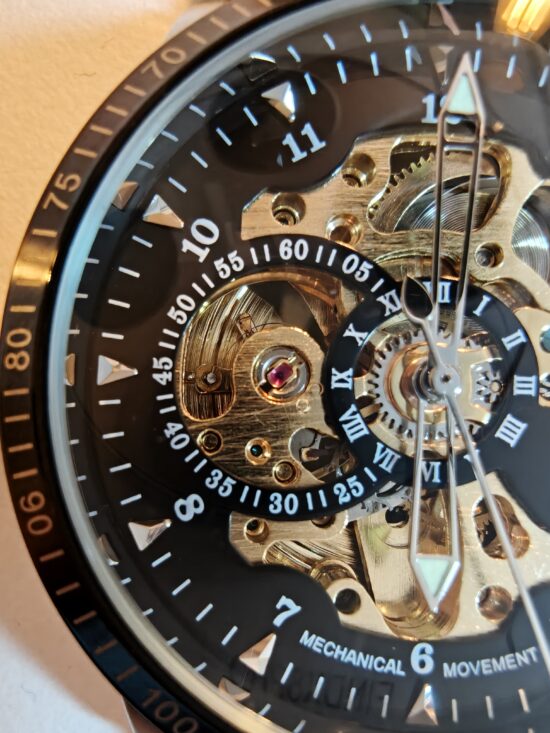

Exposure
Oppo Find X8 Pro
130
Exposure is one of the key attributes for technically good pictures. The main attribute evaluated is the brightness of the main subject through various use cases such as landscape, portrait, or still life. Other factors evaluated are the contrast and the dynamic range, eg. the ability to render visible details in both bright and dark areas of the image. Repeatability is also important because it demonstrates the camera's ability to provide the same rendering when shooting several images of the same scene.
The Oppo Find X8 Pro’s camera provided photos with very good exposure, regardless of the lighting conditions. The dynamic range was also extended, allowing for photos in challenging conditions, such as backlit scenes.
However, slight contrast issues could appear in these situations, similar to most competitors. The Apple iPhone 16 Pro Max performed slightly better in this aspect. Some instabilities in consecutive shots of the same scenes were sometimes observed in our tests, especially in low-light conditions.

Color
Oppo Find X8 Pro
130
Color is one of the key attributes for technically good pictures. The image quality attributes analyzed are skin-tone rendering, white balance, color shading, and repeatability. For color and skin tone rendering, we penalize unnatural colors but we respect a manufacturer's choice of color signature.
In our tests, colors were generally pleasant and natural in most conditions. In low light, a warm cast could be visible, providing the scene with a complimentary warm mood.
On deep skin tones, especially in challenging outdoor conditions, the skin tone might appear slightly unnatural.


Autofocus
Oppo Find X8 Pro
125
Autofocus tests concentrate on focus accuracy, focus repeatability, shooting time delay, and depth of field. Shooting delay is the difference between the time the user presses the capture button and the time the image is actually taken. It includes focusing speed and the capability of the device to capture images at the right time, what is called 'zero shutter lag' capability. Even if a shallow depth of field can be pleasant for a single subject portrait or close-up shot, it can also be a problem in some specific conditions such as group portraits; Both situations are tested. Focus accuracy is also evaluated in all the real-life images taken, from infinity to close-up objects and in low light to outdoor conditions.
Autofocus was mostly accurate, but in our lab tests, we noticed some inconsistencies and even some failures in very low light conditions. It was usually fast, but again, in low light conditions, some delay was visible between the instant the user triggered and the capture, which could lead to missing the moment with moving subjects. In this aspect, the Honor Magic6 Pro performed far better.
Depth of field was sometimes slightly shallow. In most of our tests, in group portraits, the Oppo Find X8 Pro succeeded in keeping the second face in focus, but sometimes it was blurred. However, competitors generally had the same problem.

Texture
Oppo Find X8 Pro
125
Texture tests analyze the level of details and the texture of subjects in the images taken in the lab as well as in real-life scenarios. For natural shots, particular attention is paid to the level of details in the bright and dark areas of the image. Objective measurements are performed on chart images taken in various lighting conditions from 1 to 1000 lux and different kinds of dynamic range conditions. The charts used are the proprietary DXOMARK chart (DMC) and the Dead Leaves chart.
Details were impressively well preserved in all tested conditions, and the rendering was generally natural. In this attribute, it outperformed most competitors, including the Oppo Find X7 Ultra. Only iPhones were slightly better, mainly in outdoor conditions.

Noise
Oppo Find X8 Pro
117
Noise tests analyze various attributes of noise such as intensity, chromaticity, grain, structure on real-life images as well as images of charts taken in the lab. For natural images, particular attention is paid to the noise on faces, landscapes, but also on dark areas and high dynamic range conditions. Noise on moving objects is also evaluated on natural images. Objective measurements are performed on images of charts taken in various conditions from 1 to 1000 lux and different kinds of dynamic range conditions. The chart used is the Dead Leaves chart and the standardized measurement such as Visual Noise derived from ISO 15739.
Noise was well managed in most tested conditions. It was slightly more visible in low-light conditions compared to some competitors, but it remained generally under control.

Artifacts
Oppo Find X8 Pro
82
The artifacts evaluation looks at lens shading, chromatic aberrations, geometrical distortion, edges ringing, halos, ghosting, quantization, unexpected color hue shifts, among others type of possible unnatural effects on photos. The more severe and the more frequent the artifact, the higher the point deduction on the score. The main artifacts observed and corresponding point loss are listed below.
Artifacts remained under control in most cases. Some ghosting was occasionally visible on moving subjects.
Bokeh
Oppo Find X8 Pro
85
Bokeh is tested in one dedicated mode, usually portrait or aperture mode, and analyzed by visually inspecting all the images captured in the lab and in natural conditions. The goal is to reproduce portrait photography comparable to one taken with a DLSR and a wide aperture. The main image quality attributes paid attention to are depth estimation, artifacts, blur gradient, and the shape of the bokeh blur spotlights. Portrait image quality attributes (exposure, color, texture) are also taken into account.
The performance of bokeh mode did not match that of the Oppo Find X7 Ultra. Depth estimation was often inaccurate, leading to incorrect subject isolation with part of the subject blurred or parts of the background remaining sharp. The blur gradient could also appear unnatural, as objects on the same plane could have different blur intensities.
Preview
Oppo Find X8 Pro
93
Preview tests analyze the image quality of the camera app's preview of the image, with particular attention paid to the difference between the capture and the preview, especially regarding dynamic range and the application of the bokeh effect. Also evaluated is the smoothness of the exposure, color and focus adaptation when zooming from the minimal to the maximal zoom factor available. The preview frame rate is measured using the LED Universal Timer.
The preview was generally faithful to the final capture, but in challenging cases, the dynamic range was sometimes slightly more limited. Additionally, in very low-light conditions, the target exposure was lower in the preview compared to the capture. However, in this aspect, only Apple iPhones performed better.
Zoom
Oppo Find X8 Pro
169
DXOMARK engineers capture and evaluate over 400 test images in controlled lab environments and in outdoor, indoor, and low-light natural scenes, using the camera’s default settings and pinch zoom at various zoom factors from ultra wide to very long-range zoom. The evaluation is performed by visually inspecting the images against a reference of natural scenes, and by running objective measurements of chart mages captured in the lab under different conditions from 20 to 1000 lux and color temperatures from 2300K to 6500K.
Oppo highlights the telephoto capabilities of the Find X8 Pro. In our tests, the overall zoom in photo mode performed very well, and ranked highly in our database. The Find X8 Pro offered well-balanced image quality with good detail preservation, accurate exposure, and colors, and few artifacts. However, the performance in video zoom fell short of competitors and the Oppo Find X7 Ultra because of a low level of detail across most ranges.
Video Zoom
Video zoom performance was quite low. While the level of detail remained acceptable for ultra-wide shots, it dropped significantly in tele mode, providing a very low level of detail at close and medium ranges. However, when switching to the tele module around 175mm, the Oppo Find X8 Pro provided a fairly good level of detail in bright light conditions.

Wide
Oppo Find X8 Pro
122
These tests analyze the performance of the ultra-wide camera at several focal lengths from 12 mm to 20 mm. All image quality attributes are evaluated, with particular attention paid to such artifacts as chromatic aberrations, lens softness, and distortion. Pictures below are an extract of tested scenes.
The Oppo Find X8 Pro’s ultra-wide module, at 15mm minimal focal length, provided images with great quality. Details were generally well preserved, and portraits were well-rendered with accurate skin-tone rendering. However, in low-light conditions, white balance casts were sometimes visible, and slight noise appeared.

Tele
Oppo Find X8 Pro
128
All image quality attributes are evaluated at focal lengths from approximately 40 mm to 300 mm, with particular attention paid to texture and detail. The score is derived from a number of objective measurements in the lab and perceptual analysis of real-life images.
The Find X8 Pro’s two dedicated tele cameras, supported by image quality improvements from AI, produced images with good exposure and good color rendering. The experience was very well-balanced in most tested conditions. In addition, details were generally well preserved. However, zoom was inconsistent across all ranges, becoming less impressive particularly at close range before the switch to the tele module.
The Find X8 Pro provided a soft rendering on portraits, with well-preserved fine details and accurate skin tones, regardless of the focal length.
It was in architecture scenes in which we saw some differences in the device’s zoom performance. At close and medium range, image details were often lost, while at long range, details were well-preserved. Although AI contributed to image improvements, it also sometimes led to some unnatural rendering in complex areas of an outdoor scene, such as greenery and foliage.
Video
Oppo Find X8 Pro
159
DXOMARK engineers capture and evaluate more than 2.5 hours of video in controlled lab environments and in natural low-light, indoor and outdoor scenes, using the camera’s default settings. The evaluation consists of visually inspecting natural videos taken in various conditions and running objective measurements on videos of charts recorded in the lab under different conditions from 1 to 1000+ lux and color temperatures from 2,300K to 6,500K.
Video performance was generally very good. This year, Oppo implemented HDR Dolby Vision 10-bit mode, saying it will allow for very high quality, vivid colors, and ultra-realistic pictures. We tested the device in this mode, in 4K 30fps, which provided a high level of quality.
The Oppo Find X8 Pro achieved the top score in both video exposure and color rendering. Target exposure was almost always accurate and well-balanced, and colors were natural and pleasant, especially on skin tones.
Stabilization was quite efficient, but it was affected by some stabilization artifacts, particularly sharpness differences between frames, which impaired the smoothness of the video motion.
The texture-noise trade-off was the weakest part of the video mode. The finest details were often lost in indoor or low-light conditions, and slight noise was also visible in these conditions. This slightly degraded image quality, although it remained very acceptable, especially when viewed on the smartphone display without zooming in.
Exposure tests evaluate the brightness of the main subject and the dynamic range, eg. the ability to render visible details in both bright and dark areas of the image. Stability and temporal adaption of the exposure are also analyzed.
Video exposure was accurate in all the conditions we tested and generally stable even during motion. Adaptation was mostly smooth. The dynamic range was mostly wide, but slight clipping could be visible in difficult conditions, especially in low light.
Image-quality color analysis looks at color rendering, skin-tone rendering, white balance, color shading, stability of the white balance and its adaption when light is changing.
Image colors were pleasant, and even if a slight cast was sometimes visible, it was always under control and never significantly affected image quality. Color rendering was pleasant, especially for skin tones.

Autofocus
Oppo Find X8 Pro
120
Although the Oppo Find X8 Pro’s autofocus was always accurate, it was not the fastest. Videos sometimes showed a slight jerkiness during abrupt transitions.

Texture
Oppo Find X8 Pro
118
Texture tests analyze the level of details and texture of the real-life videos as well as the videos of charts recorded in the lab. Natural videos recordings are visually evaluated, with particular attention paid to the level of details in the bright and areas as well as in the dark. Objective measurements are performed of images of charts taken in various conditions from 1 to 1000 lux. The charts used are the DXOMARK chart (DMC) and Dead Leaves chart.
The level of detail was high, thanks to the 4K format, but the finest details were often lost. The Find X8 Pro’s competitors performed better in all lighting conditions.

Noise
Oppo Find X8 Pro
120
Noise tests analyze various attributes of noise such as intensity, chromaticity, grain, structure, temporal aspects on real-life video recording as well as videos of charts taken in the lab. Natural videos are visually evaluated, with particular attention paid to the noise in the dark areas and high dynamic range conditions. Objective measurements are performed on the videos of charts recorded in various conditions from 1 to 1000 lux. The chart used is the DXOMARK visual noise chart.
While temporal noise remained well controlled, spatial noise was visible in most tested conditions. It was always slight, and images were always usable, but it was noticeable, especially on moving subjects, and affected the overall experience.

Stabilization
Oppo Find X8 Pro
119
Stabilization evaluation tests the ability of the device to stabilize footage thanks to software or hardware technologies such as OIS, EIS, or any others means. The evaluation looks at residual motion, smoothness, jello artifacts and residual motion blur on walk and run use cases in various lighting conditions. The video below is an extract from one of the tested scenes.
The Find X8 Pro’s stabilization system was quite efficient for taking videos while standing still or walking. Even when running, motion reduction was still significant. However, sharpness differences between frames were visible, especially in low light. This limited the smoothness of the motion, making the video slightly distracting to watch.

Artifacts
Oppo Find X8 Pro
86
Artifacts are evaluated with MTF and ringing measurements on the SFR chart in the lab as well as frame-rate measurements using the LED Universal Timer. Natural videos are visually evaluated by paying particular attention to artifacts such as aliasing, quantization, blocking, and hue shift, among others. The more severe and the more frequent the artifact, the higher the point deduction from the score. The main artifacts and corresponding point loss are listed below.
Unwanted image artifacts are well-controlled in video mode. Only a few artifacts, such as ringing or hue shift near saturation, are sometimes visible.


